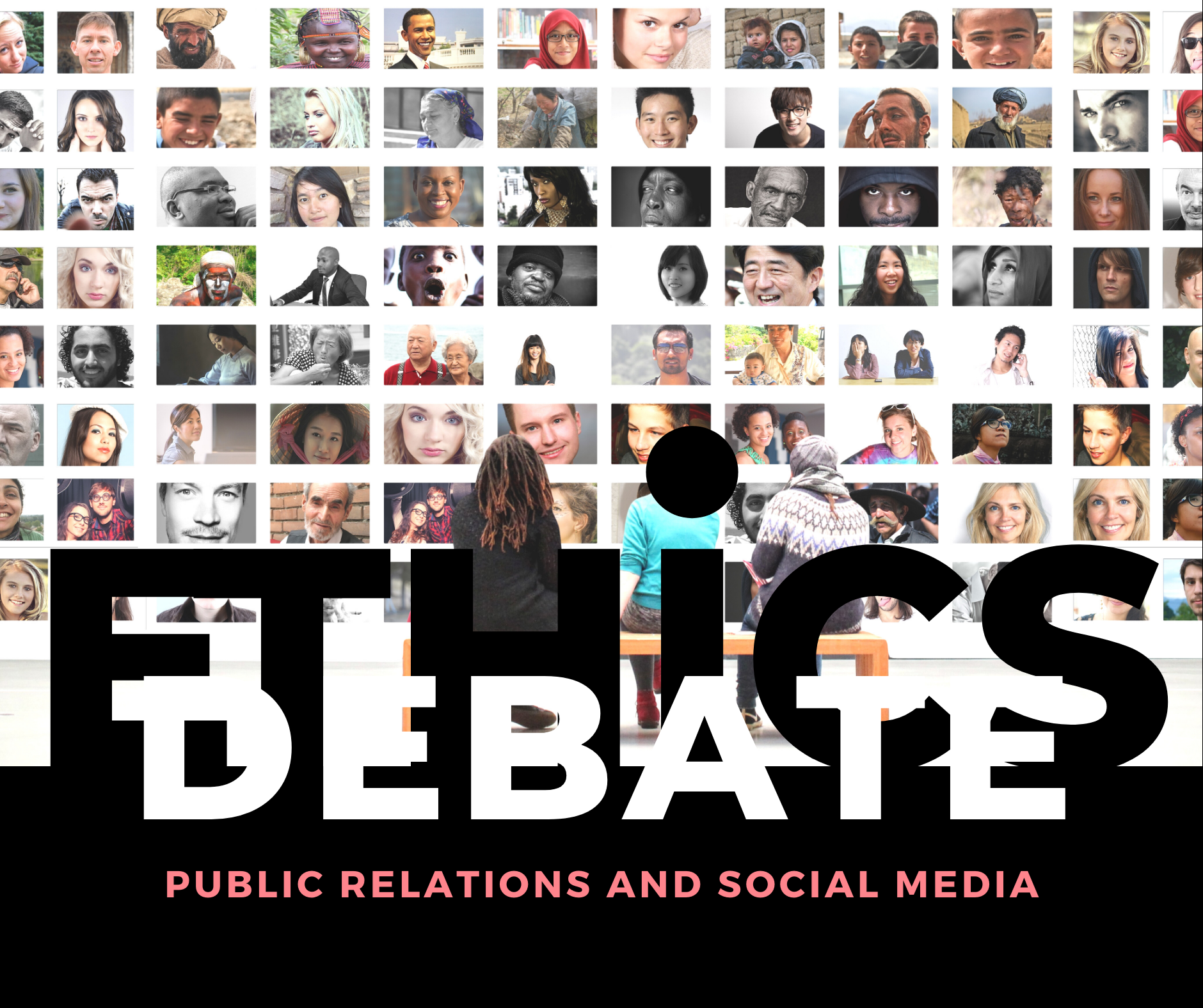
On October 7th, the Nobel Prize in Chemistry was awarded to two women, Emmanuelle Charpentier and Jennifer Doudna, for their pioneering research that resulted in a method to edit DNA, CRISPR-Cas9, commonly referred to as CRISPR. The announcement was newsworthy and thought-provoking in several ways.
Charpentier and Doudna are only the sixth and seventh women to win the Nobel Prize in Chemistry since 1911 – out of 184 recipients. Women have struggled long and hard to rise to prominence in science due to societal bias that women aren’t cut out to be scientists. Communication of that bias through generations has led most girls to shy away from pursuing careers in science. And that communication has come (and continues to come) from many directions: parents, teachers, corporations, and last but not least, the media (both advertising and editorial content).
Only five years ago, the L’Oreal Foundation released the results of a survey of 5,000 Europeans to determine public views about scientists. The findings: 67% of those surveyed believed that women don’t have sufficient skills to be in high-level scientific positions. And, according to an article in The Guardian, in China, 93% believe that women don’t have what it takes to be a scientist. No wonder women still have a hard time rising to top science positions! There are a host of reasons that have everything to do with culture and nothing to do with the native abilities of men versus women.
So when two women are awarded the most prestigious science prize in the world, there’s cause for celebration. It communicates a message to girls (and their parents, teachers and society as a whole) that science is a human pursuit, not a male pursuit.
CRISPR is a game-changer. This technology is being explored for its potential to edit DNA – literally altering biology. Research is in progress using CRISPR to edit the genes for inherited diseases such as cancer, Huntington’s disease and diabetes. The technology is also being tested to edit genes that cause conditions such as genetic blindness and deafness. The first clinical trials using CRISPR to treat blindness are already underway. Also, bioengineers at Stanford University are working on a “genetic vaccine” using CRISPR to destroy COVID-19 and its genome to prevent the coronavirus from infecting the lungs. CRISPR could also be used to change a person’s physical appearance – for example, altering height, eye color, hair, etc.
However, the uses of CRISPR are a topic of intense debate. Is it ethical to edit fetuses’ genes to prevent shortness, or to change eye or hair color? Or should the use of this technology be restricted to improving health? If it is restricted to better health uses, does that include mental health – conditions such as depression?
In an editorial published about the announcement of Doudna’s and Charpentier’s Nobel chemistry prize, the New York Times wrote, “New technologies can be a huge benefit to the human race, but in order to make sure they are used wisely, it’s important for people to understand them.”
CRISPR is a new technology with incredible potential for good, but it could also be used unethically. Social media is another such technology. It has the ability to bring people together. That can be very positive. Think about the current COVID-19 pandemic: how much more isolated in their homes everyone would be without social media to connect with friends and family. Because of its unprecedented ability to connect people, social media has spread in popularity from a technology only the young used to be embraced by people of all ages, everywhere in the world. Just look at the survey results on social media trends in Europe in our last blog post. Social media has also become one of the most important milieus for advertising and public relations outreach by businesses of all kinds.
However, social media ethics aren’t built into the technology. Social media brings together people with violent tendencies who encourage each other to act in unacceptable, morally bankrupt ways. Social media can sway impressionable people to follow cults. It can be used to spread disinformation more widely than any other communication technology. It has brought up issues of privacy and can lead to unprincipled use of personal data. People sometimes use it to target other people with devastating personal attacks. Some marketers use it to promote products dishonestly and unfairly with fake reviews.
The practice of public relations is all about creating positive relationships with target audiences. Unlike other forms of communication used by businesses, PR is two-way communication. Using PR tactics, organizations can not only communicate its key messages to target audiences, they can also gather important input from target audiences. PR professionals have made great strides in developing key two-way relationships using social media. However, we must be mindful of social media ethics in PR, taking care to be transparent and honest in exchanges with people and to communicate positively.
Thoughtful consideration of social media ethics is just as vital as developing consensus on the right and wrong uses of a technology like CRISPR. New technologies create the need for renewed discussion and agreement on what is ethical and what is not. As professional communicators, the public relations and marketing communications community is in a position to influence social media’s use and abuse. We must be in the forefront of discussions about social media ethics.